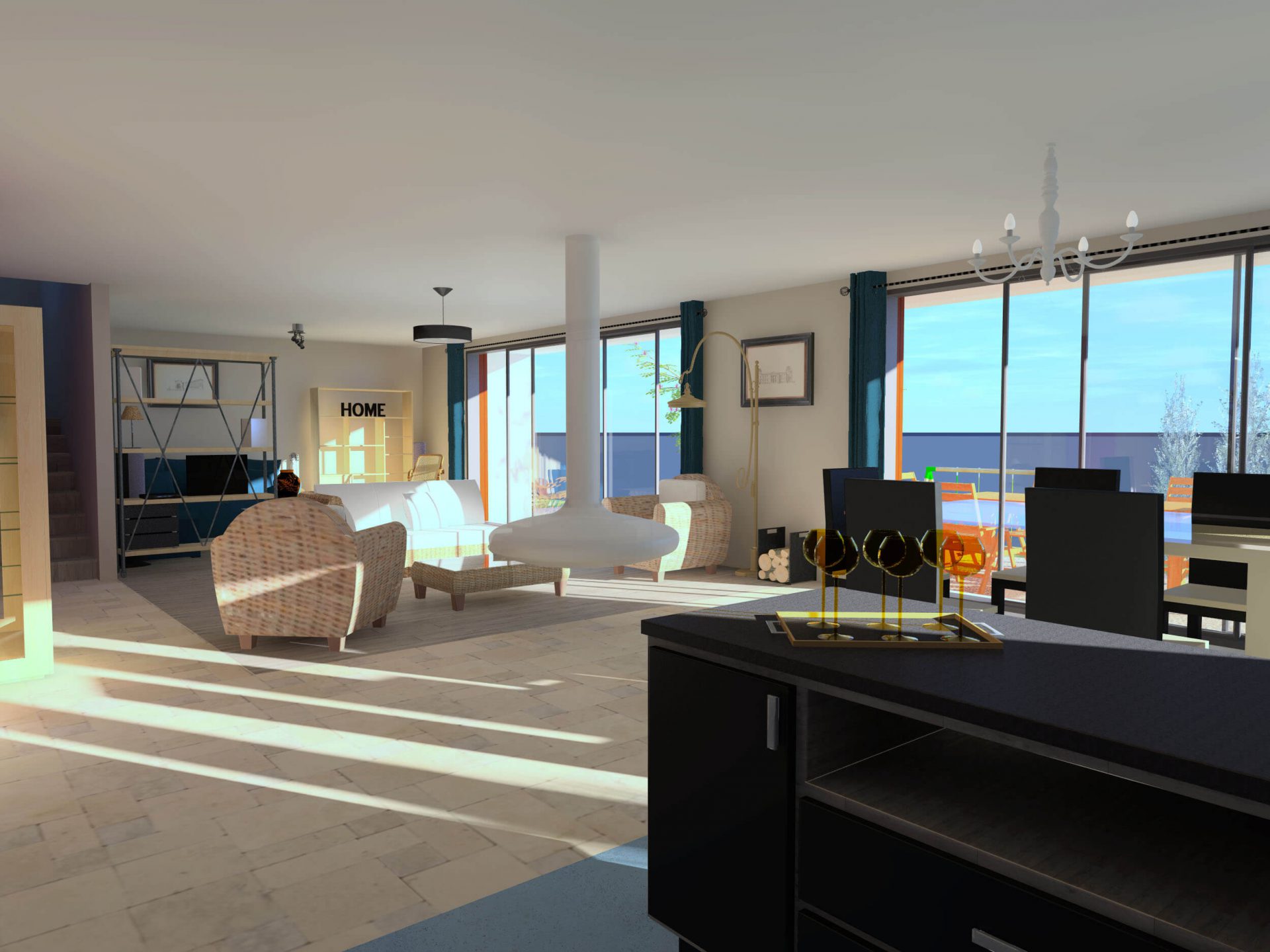Do It Yourself or Engage an Expert? Exploring Indoor Aesthetics and Renovation Decisions
As it pertains to transforming your home, the decision between doing it yourself and getting a professional's help can be overwhelming. Interior design and construction are not just about aesthetics; they encompass organization, implementation, and an awareness of how spaces connect and serve their purpose. With trends continuously evolving, from sustainable resources to intelligent systems, keeping updated is essential. This year, innovative ideas are making their mark, and it's essential to explore what aligns with your vision for your space.
Moving through the world of interior design and construction requires careful thought. Whether you are looking to create a cohesive look between rooms or designing a remodel that fits within your budget, understanding the details of each choice will empower you to make the best decision. From the art of combining textures to understanding what to expect during a home renovation, this guide will help you weigh the benefits of DIY projects against the expertise of professionals, ensuring your home shows your style and meets your needs.
Top Trends in Home Décor
In 2023, one of the key trends in interior design is the importance of green materials. People are becoming increasingly aware of their environmental impact and are opting for materials that are both stylish but also eco-conscious. From repurposed timber to upcycled metal, these materials present a special aesthetic while promoting greener living. Incorporating visit their website into interiors is also growing in popularity, as nature-inspired design continues to flourish, creating a peaceful environment that connects individuals with nature.
One more trend making waves is the art of combining various materials. Decorators are shifting away from uniformity and are instead focusing on creating spaces that showcase a diverse range of materials and finishes. This approach adds depth and interest to a room, making it feel more inviting and welcoming. Expect to see a blend of soft fabrics, sturdy timbers, sleek metals, and even natural stones in today's designs, allowing people to express their personal style and create a more complex aesthetic.
Understanding color psychology is also playing a key role in this year's design trends. The colors chosen for interiors can significantly influence mood and emotions, leading to a rise in the popularity of specific palettes. Soft, calming hues are favored for spaces meant for rest, while bold, vibrant colors are being used in areas designed for connecting. Realizing how colors influence our feelings allows designers to create environments that are both visually appealing but also emotionally resonant.
Construction and Restoration Essentials
When planning a renovation project, understanding what to anticipate is vital for a positive conclusion. Home remodels often come with surprising challenges, from foundation issues to design complications. Knowing the typical duration of a home build—from starting blueprints to move-in time—can help set achievable expectations and ensure a uninterrupted experience. Working with a general contractor can enhance communication and manage the various aspects of your plan, allowing you to focus on your idea for your space.
Budgeting is another crucial aspect of any remodel. To achieve a remodel that stays on budget, it's important to organize and arrange your needs and wants upfront. Consider potential construction mistakes that could disrupt your schedule or lead to unforeseen charges. By investing time in detailed planning and discussing with professionals, you can minimize unexpected events and ensure that your design ideas are realized effectively.
Incorporating green approaches into your renovation can also boost both design beauty and functionality. Employing eco-friendly materials can benefit the ecosystem and may even improve the overall equity of your home. Cost-saving building advice, such as proper insulation and intelligent technology integration, not only reduce money in the long run but also create a safer living area. Incorporating these essentials will help you navigate the challenges of renovation, ensuring that your home reflects your aesthetic and requirements.
Sustainable Design Practices
Sustainable architecture methods are becoming popular in interior design and building, demonstrating a heightened consciousness of ecological effects. By incorporating green materials and energy-efficient technologies, designers can design spaces that are both appealing and responsible. Using materials such as repurposed wood, scrap metals, and non-toxic finishes not only improves the aesthetic quality of a home but also reduces the carbon footprint. Additionally, opting for furnishings and fixtures made from eco-conscious sources can lead to substantial advantages for the environment.
Effective sustainable design also focuses on smart planning and resource efficiency. Using energy-efficient appliances and fixtures not just minimizes energy consumption but often results in decreased energy costs over time. Adopting effective insulation, high-performance windows, and smart home technology can considerably enhance a home's comfort and sustainability. Furthermore, placing windows to maximize sunlight can diminish the need for indoor lighting, thereby promoting an green lifestyle.

Finally, sustainable design methods extend beyond materials and energy consumption to include aspects for waste management during construction. Adopting methods that minimize waste, such as efficient building methods or detailed planning to cut down on waste, can lead to increased efficiency projects. By working with construction firms who prioritize sustainable practices, developers can ensure that their remodeling or construction engages in responsible resource use while designing spaces that are stylish and green. Embracing these practices merely benefits our planet but also improves the overall quality and endurance of interior spaces.